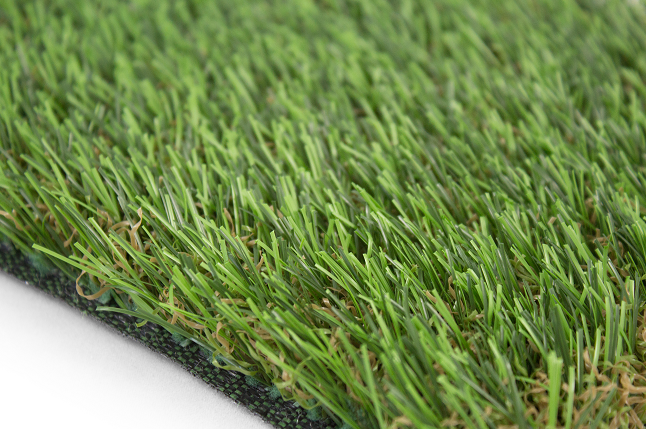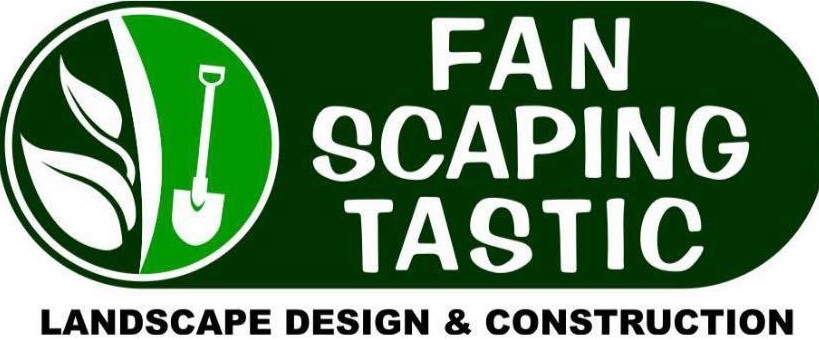
What To Know About All-Season Synthetic Turfs
Are you tired of the work you have to put up with to keep the grass in your lawn clean and mowed and vibrant throughout the year? All-season synthetic turfs are the solution you’re looking for.
Say goodbye to mowing your lawns every once in a while. Forget having to worry about how the weather will affect the grass. Synthetic turf will make it easier to maintain and will be cheaper.
Do you know what’s even better? Turfs that last all year, like all season turfs. Let’s dive into their specifics.
What Are All Season Synthetic Turfs?
Synthetic turf is a surface made to look like real grass. It is made of synthetic fibres. Although these were initially created for sports or are usually played on turf, it is most commonly seen in stadiums.
However, nowadays, all-season synthetic turfs are being used for suburban lawns, gardens, backyards, and indoor gardens. Artificial turf is prone to heavy use since it’s mainly used in sports and needs no watering or trimming.
Why Should You Get Synthetic Turfs?
The biggest advantage you get if you invest in synthetic turfs is their low maintenance. Here are a few reasons you should definitely get all-season synthetic turfs.
Allergen-Free and Safe
Synthetic grass is a natural and hypoallergenic addition to the landscape that is guaranteed to alleviate asthma problems and other toxins. Since artificial turf doesn’t need any soil to grow on, there is never an issue of mud.
All-season synthetic turf provides an irrigation system instead of asphalt or natural grass, eliminating puddles of water and mud from rain, pool water, or spillage.
It’s Evergreen
To suit all sorts of installations, synthetic grass comes in a wide range of sizes and colours. With the occasional rinse and brushing, the colour and scale initially installed will always remain the same after years of usage. Turf fibres remain erect, much like natural grass so it would take a lot of movement to flatten the turf blades.
Low Maintenance and Low Costs
Installing an artificial lawn is an investment that will save you money in the long run. It needs no fertilisers, additives, or irrigation to maintain a vibrant green colour. Depending on how the turf is used, you can spray the turf with water or an organic, biodegradable, non-toxic freshener.
Types of All Season Synthetic Turfs
There are three primary variants of all-season synthetic turfs.
Polyethylene
The highest premium alternative available is polyethylene. Compared to natural grass, it provides the most realistic feel and appearance. Not to mention, it is considerably more resilient than nylon and polypropylene grasses and can handle the heat and long wear.
Polyethylene is non-porous, unlike nylon, which ensures it won’t hold animal odours or waste. Homeowners love this type of artificial grass because it retains and looks like the most natural grass.
It can withstand more of a busy lawn’s wear and tear than the other artificial grass alternatives. To preserve their stiffness and brush away dirt, you can regularly rake the blades.
Nylon
The best form available, arguably, is nylon grass. It can survive extreme weather and heavyweight and yet preserve its original condition. As it will not deteriorate or degrade from sun damage, it is the best choice for hot climates.
Still, nylon grass is always pricey and rigid, which leaves yards uncomfortable. Usually, people use it for athletic fields or golf greens.
However, for homeowners living in humid, sunny climates who want to keep the look of their original yard, nylon is still a fantastic choice. For an incredibly resilient, sturdy yard, try using nylon grass along with polyethylene grass.
Polypropylene
Polypropylene is the last form of artificial grass that is available. For homeowners, it is the most cost-efficient, but poorest, alternative. As this grass does not preserve its shape well, adults, kids, and animals that play on it can do significant harm.
Heat exposure, given its low melting point, can also harm the integrity of the grass. This type of artificial grass is ideal for those who wish to attain visual elegance rather than a fortress since its weak longevity allows for a bad playfield. For narrower spaces away from extreme heat exposure, it is also suitable.
Things to consider when buying synthetic turf
Usage
Your investment in all-season synthetic turf depends a lot on how you are going to use the turfs. For ornamental gardening purposes, you can buy turfs that require less attention.
You don’t have to think much about them getting ruined or broken over time. However, backyard lawns can require a bit more maintenance.
Quality
In terms of the material used and the production standard, synthetic turf products can also vary. Look for synthetic turf, sturdy backing, and healthy tuft stitching with exact colour through and through.
Colour
Picking the right hue will make a big difference in your setting’s beauty, but not as critical as product protection and longevity. You have a wide variety of greens to pick from, and depending on your house, it’s up to you to mix and match the grass colour.
Period of the blades
It has anything to do with how long you want the grass blades to be, another artistic decision you need to make. Long edges typically look a lot better than a shorter stack, although this could take more upkeep than the latter.
When you pick a pile height over 35 mm, make sure that the grass is combed periodically so that the blades appear new and alive.
Conclusion
Mainly if you’re talking about longevity, protection, and product quality, synthetic turf is a worthy investment. There are various turfs that you can choose from, and they are effortless to install.
The problem with natural grass is that it requires frequent maintenance, discolours often, and requires proper sunlight, water, or else it dies. Moreover, you’re going to have to clean off the mud and the excess dirt from your soil.
However, if you invest in all-season synthetic turfs, you don’t have to deal with any of these issues. Your life just gets that much easier.


Recent Comments